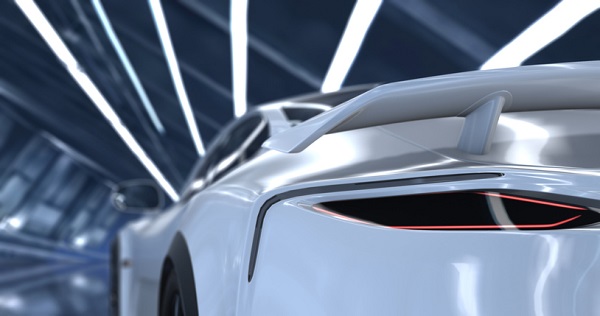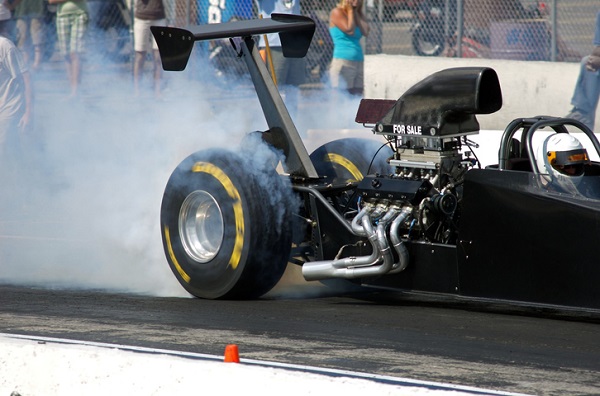
When air flows around a car, it can create two things. First, it causes drag, which is a force that runs parallel and in the same direction as airflow, resisting motion. The second issue is lift, where the car is elevated and the rear wheels lose contact with the road, causing the driver to lose control of the car.
Spoilers are built to manage this air flow, in particular at the back end of a car, where a rear spoiler would be installed. It directs the air away from the contours of the car, to avoid turbulent air pockets that cause drag and lessen the air that is pulled down by the shape of the car, leading to lift. That said, for the average car owner, spoilers are mostly going to be for one thing: style.
Read on for a quick guide to spoilers and how they affect a vehicle.
Rear Spoilers Vs. Rear Wings Explained for Students in Auto Body Schools
Rear spoilers and rear wings are sometimes confused with each other, because they’re both located at the back of the vehicle. A rear wing is also called an airfoil, and is shaped like an upside-down plane wing, protruding up from the car. Students in auto body schools will be interested to know that this technology is also used in aviation.
Both spoilers and wings reduce lift on the car, but the way that they work is quite different. A spoiler redirects the airflow around the body, while a wing will actively push air up, creating downforce and increasing the grip of the wheels. On very fast turns on a race track, this grip comes in handy as drivers can maintain control of their vehicles with tight steering. In exchange for this increased grip, though, wings add to drag, which is something that spoilers don’t do.

Front Spoilers Are Also of Interest to Enthusiasts in Auto Body Repair Courses
An air dam, or front spoiler, manages air flow in front of the car. It lowers the average air pressure under the car, increasing downforce. Air dams can also function to increase the rate at which air is flowing through the radiator, cooling the engine. There is a lot going on underneath a car. The shapes and cavities provide ample opportunity for drag to be created and increased, so placing an air dam in front of the area reduces the effect.
To be very effective, front spoilers must be quite close to the ground, so they are much more common in race cars than, say, family minivans. As you may notice in your auto body repair courses, the most popular place for a spoiler is the rear of the car.
Factory-Installed Spoilers—Are they Effective?
Some factory-installed spoilers are for performance, but many are simply to give a car a sportier look. Any car that’s travelling under the speed limit won’t be too affected by a spoiler. What’s more, unless it’s attached to a higher-end sports car, the piece often isn’t built to have much effectiveness anyway. Spoilers need to be installed correctly to have a positive effect on the way drag and lift can affect a car. In fact, oftentimes spoilers will hinder a car’s performance if improperly placed.
Are you looking for auto body repair career info?
Contact Automotive Training Centres for more details.

